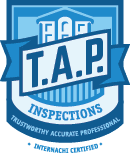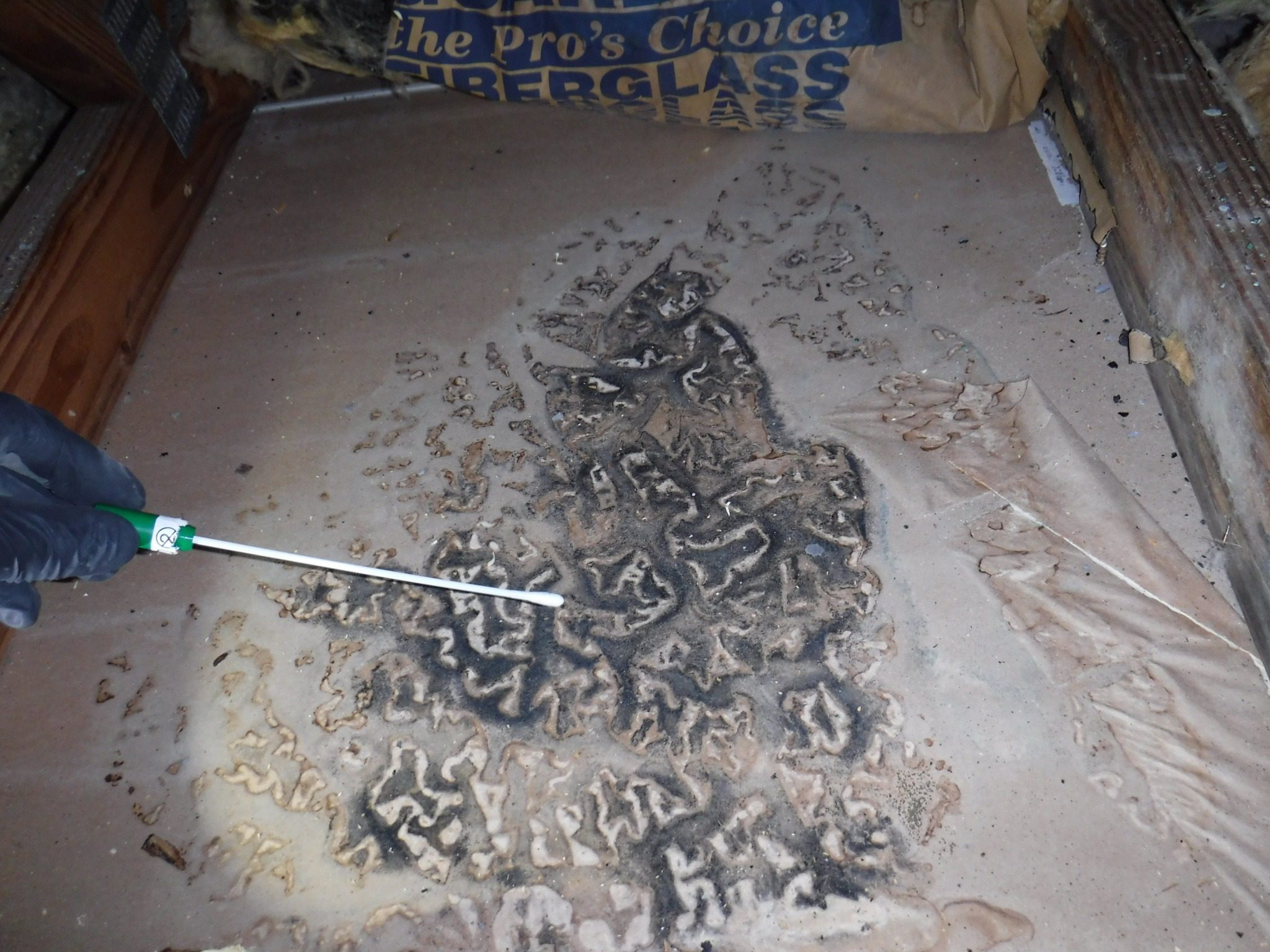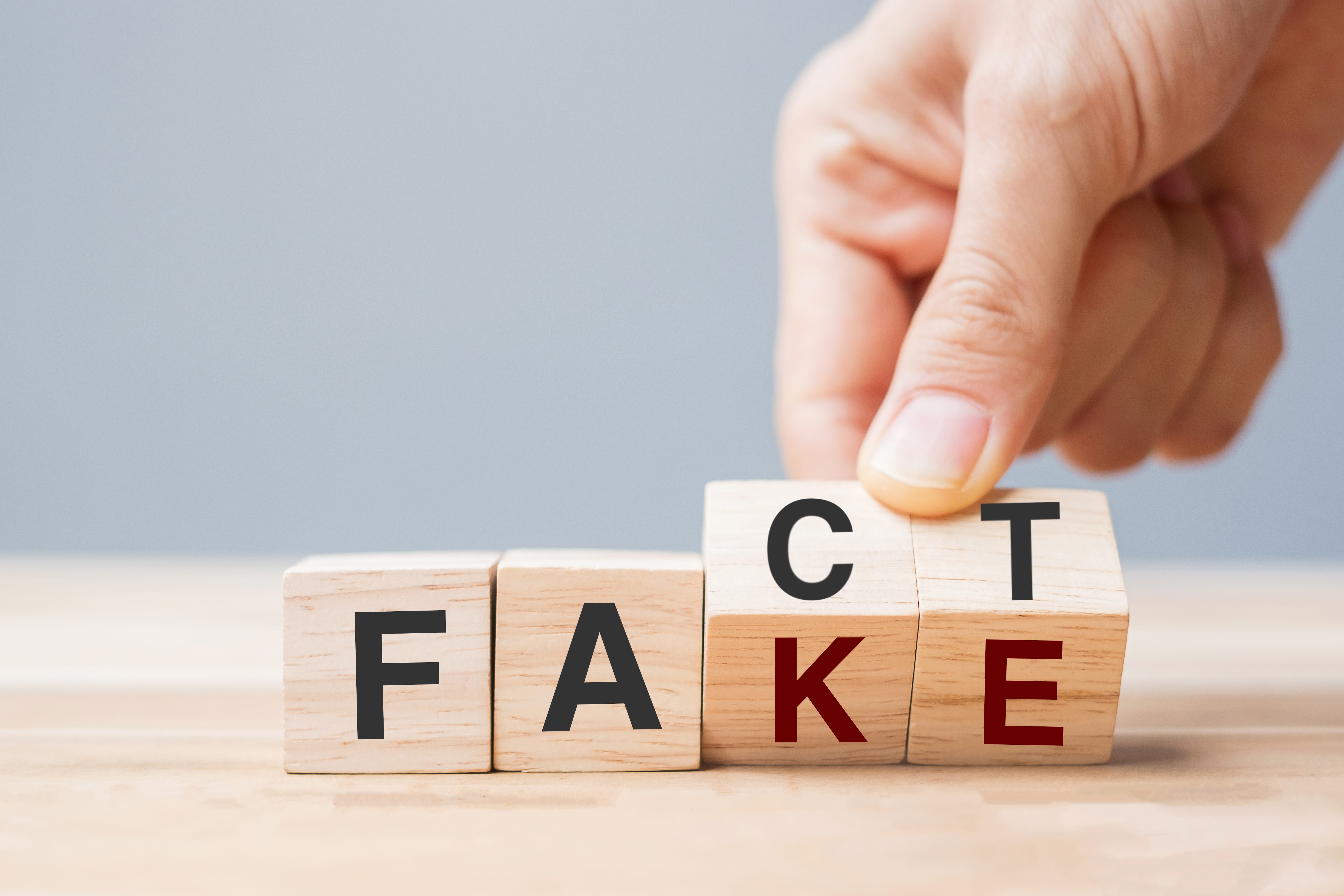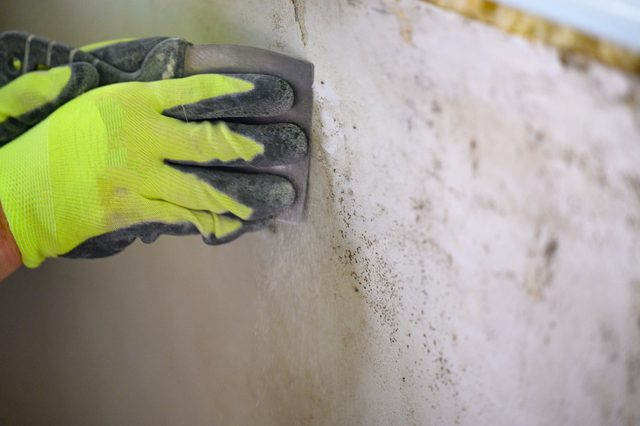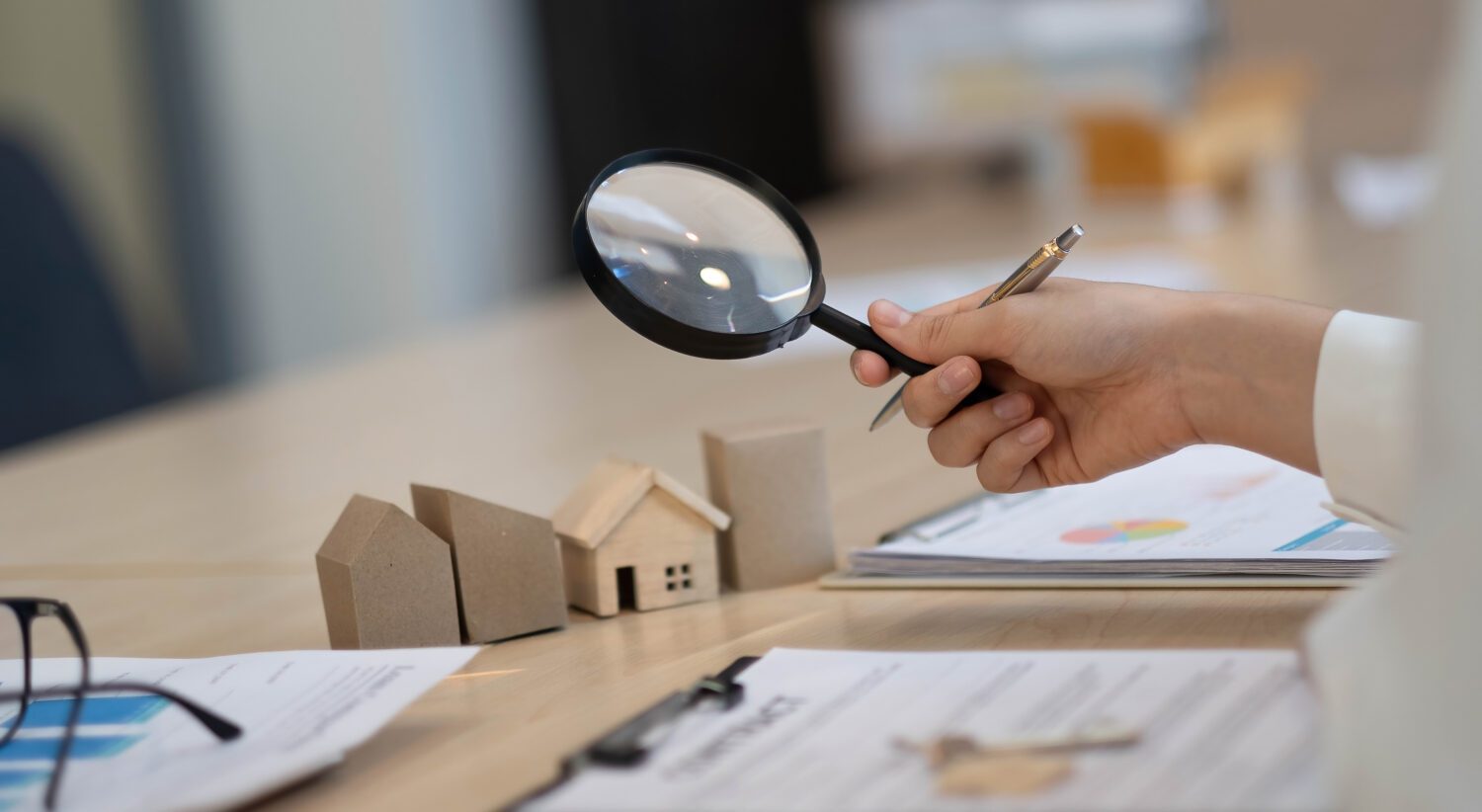Mold is a type of fungus that thrives in warm, damp environments and can grow on virtually any surface. While many types of mold are harmless, others produce toxic substances called mycotoxins that can cause serious health problems in humans.
Exposure to mold can lead to respiratory problems, allergies, and even neurological issues in some cases. It’s important to take mold growth seriously and address it promptly when detected, as it can spread quickly and potentially harm your health.
In this article, we will explore 8 signs that indicate the need for a mold inspection. By being aware of these signs, you can take steps to prevent further mold growth and keep your home safe for you and your family.
Musty Odor
Many people who have experienced mold growth in their homes can attest to the distinct musty odor that accompanies it. This odor is caused by a combination of microbial volatile organic compounds (mVOCs) and the organic matter on which the mold grows.
The musty smell can be an indication that mold is growing in hidden areas of your home, such as behind walls, under carpets or floorboards, or in attics or basements. If you notice this smell in your home, it’s important to take action quickly to prevent further growth and potential health problems for you and your family.
In some cases, the musty odor may be accompanied by visible signs of mold growth, but often times it can be present without any visible signs at all. This is why it’s important to trust your nose when it comes to detecting potential mold growth in your home.
The presence of a musty odor could also indicate that there is excess moisture or humidity in your home, which creates an ideal environment for mold to grow. Addressing the source of this moisture is crucial in preventing future mold growth and maintaining good indoor air quality.
In summary:
- Mold has a distinct musty odor caused by microbial volatile organic compounds
- The presence of this odor can be an indication of hidden mold growth
- A musty smell may indicate excess moisture or humidity in the home
- Addressing the source of moisture is crucial in preventing future mold growth
Visible Mold Growth
The Obvious Sign
One of the most obvious signs that indicate the need for a mold inspection is visible mold growth. If you see any patches of mold growth, it’s likely that there’s more where that came from. The reason visible mold growth is concerning is because it means there are enough moisture and food sources for mold to grow.
Mold can grow on any organic material, including wood, paper, and fabrics. But in homes, there are some common places where mold tends to grow.
Bathrooms are one of them because they have a lot of moisture from daily use. Basements can also be prone to mold growth due to high humidity levels and water infiltration.
Where Mold Growth May Occur
If you suspect that there might be hidden areas with mold growth in your home, it’s important to know where to look for them. Some common areas include:
- Underneath sinks
- In or around air conditioning units or humidifiers
- On walls or ceilings near pipes or leaks
- In damp carpets or padding underneath them
- In basements and crawl spaces with poor ventilation and high humidity levels.
If you notice any of these signs in your home, it’s important to call a professional for a thorough inspection. Visible mold may just be the tip of the iceberg when it comes to a larger problem lurking beneath the surface.
Water Damage or Leaks
Water damage and leaks are one of the primary causes of mold growth in homes. Even small leaks or water damage can create an environment for mold to thrive.
This is because mold spores need moisture to grow and reproduce. If there is a source of water, even a small one, such as a leaky pipe or faucet, it can provide enough moisture for mold to grow.
Mold growth from water damage and leaks
If not properly addressed, water damage can lead to mold growth within 24-48 hours. Mold can grow on almost any surface as long as there is moisture present. Common areas where water damage and leaks occur include roofs, basements, attics, bathrooms, and kitchens.
The dangers of neglecting water damage or leaks
If left unaddressed for an extended period of time, water damage or leaks can cause significant structural damage to a home’s foundation and walls. In addition to this physical damage, they can also create an unhealthy environment due to the presence of mold spores in the air. Mold spores can cause serious health problems when inhaled over time.
The importance of addressing issues immediately
It’s important to address any signs of water damage or leaks immediately by repairing them as soon as possible. This will prevent further moisture buildup and reduce the risk of mold growth. Regular maintenance checks should be done throughout the home including inspecting areas around pipes and appliances that may have potential for leakage over time.
The role professionals play in addressing these issues
If you suspect that you have water damage or a leak in your home that may have caused mold growth it’s crucial that you contact professionals who are trained in identifying these issues completely before considering any remedies. Mold testing and inspections may require special equipment and procedures that only a professional has access to. They will also be able to provide you with advice on how to repair the damage and prevent future mold growth.
Conclusion
Water damage or leaks can create an environment for mold growth, which can have serious health implications. It’s important to address any signs of water damage immediately by repairing the issue.
Regular maintenance checks should be done throughout the home, especially in areas around pipes and appliances that may have potential for leakage over time. If you suspect that you have a problem with water damage or leaks it is best to contact professionals who are trained in identifying these issues and can provide appropriate solutions.
Health Symptoms
Mold can cause various health symptoms in humans, which can include allergies, respiratory issues, and headaches. Allergic reactions can occur when one comes into contact with mold spores. This reaction may manifest itself as skin irritation, watery eyes or a runny nose.
For people with asthma, exposure to mold spores can trigger asthma attacks that result in coughing, wheezing and shortness of breath. Individuals who have weaker immune systems may experience more severe reactions from mold exposure.
The Importance of Identifying Health Symptoms
If you or a family member experiences persistent health symptoms that are not easily explained by other factors such as seasonal allergies or a cold, it may be necessary to have your home inspected by professionals for hidden mold. While mold is not always the cause of such symptoms, identifying and removing any potential sources of exposure to mold is an important part of maintaining good indoor air quality and avoiding negative health effects.
The Role of Professionals
Mold inspections should always be conducted by professionals who are trained to identify the presence of hidden mold that may not be visible to the naked eye. Mold remediation experts will use specialized equipment such as thermal imaging cameras and moisture meters during inspection and testing processes to identify areas in your home where moisture levels are high enough to support mold growth.
Once the inspection is complete, if evidence of mold growth is found inside your home, professional remediation services will be needed in order to safely remove it without spreading spores throughout your living space. It’s important to choose a reliable company with experience in dealing with all types of molds since they will ensure that all sources are identified and removed so that your home’s indoor air quality returns back up to healthy standards.
Recent Home Renovations
New Areas for Mold Growth
Home renovations can be exciting and refreshing, but they can also wreak havoc on your home’s mold situation. When you disturb hidden areas of moisture during a renovation, such as walls or subfloors, you may inadvertently create new areas for mold growth to flourish.
This is especially true if the area was not thoroughly dried before the renovation began. The increased humidity from construction activities like painting, drywall installation and flooring installation can also contribute to mold growth in previously unaffected areas.
The Importance of Inspection After Renovations
After renovations are complete, it’s important to have a professional inspect your home for any potential mold issues that may have resulted from the construction activities. A post-renovation inspection can help identify any hidden moisture sources or mold growth that may be present in walls, floors or ceilings. The inspection can also ensure that all affected areas were properly cleaned and dried before restoration work began so that future mold growth is prevented.
Conclusion
It’s important to recognize the warning signs of potential mold growth in your home so that you can take action quickly. Whether it’s a musty odor or visible signs of mold growth, any indication should prompt you to contact a professional inspector who specializes in identifying and treating mold infestations. By addressing these concerns promptly and thoroughly, you’ll be able to enjoy a healthy home environment free of harmful molds and their associated health risks.
